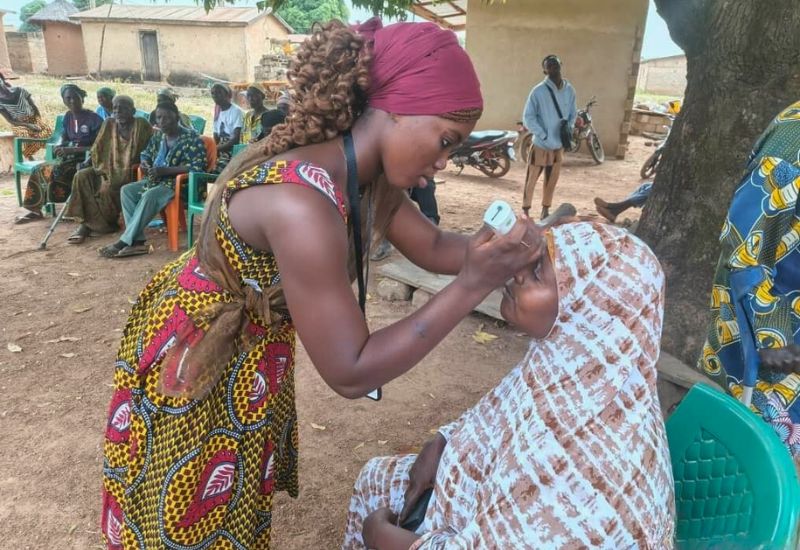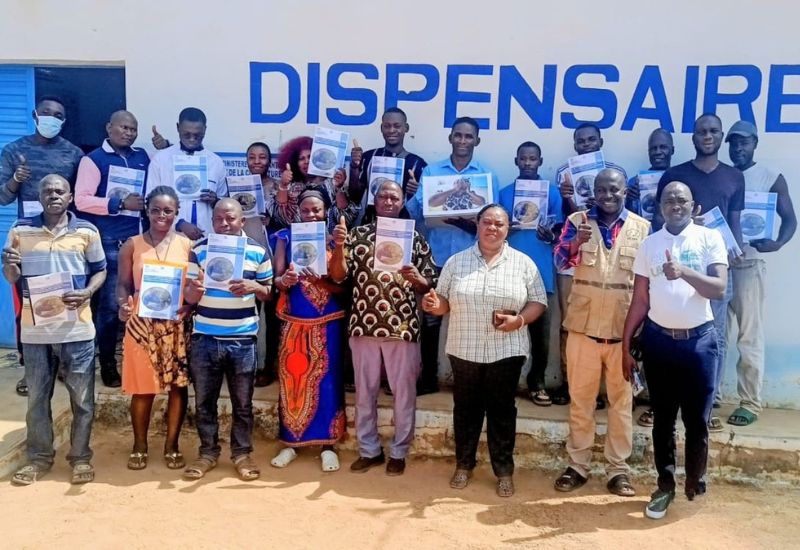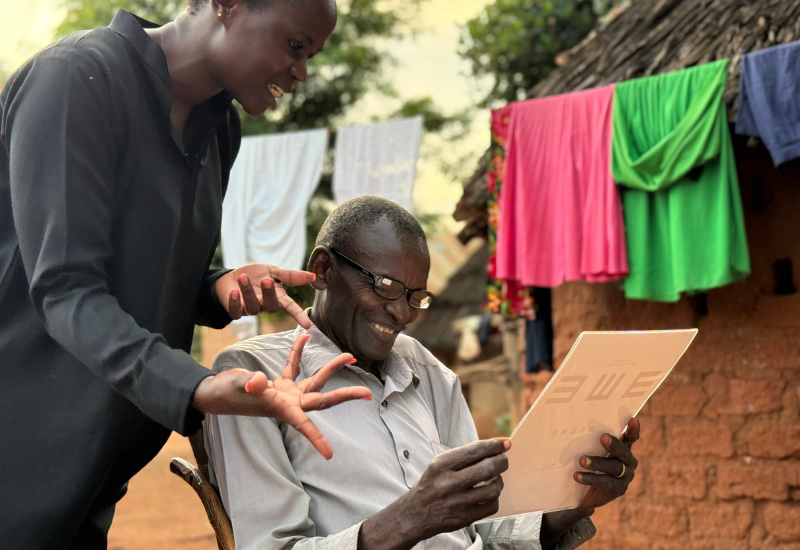What if you could dramatically improve learning outcomes, primary school completion rates–particularly among girls–and increase the lifetime earnings potential for millions of school children living in low- & middle-income countries?
A simple, scalable solution is within reach.
Over 300 million children worldwide suffer from poor vision, a problem that could easily be corrected with a pair of eyeglasses. Unfortunately, the lack of routine and reliable access to eyeglasses, whether through public health systems or the private sector, perpetuates this problem.
Myopia (short-sightedness) is the most common cause of poor vision in children, affecting their ability to see distant objects clearly, including classroom blackboards. Myopia rates are rapidly increasing, with projections indicating that half the global population may be affected by 2050.
The impact of poor vision on education is profound, as an estimated 80% of a child's classroom learning during their first 12 years relies on good vision. Children with poor vision experience lower educational outcomes, including reduced completion rates and literacy. Girls in low- and middle-income countries are disproportionately affected, facing limited access to diagnosis and treatment, exacerbating educational inequities. Correcting children's vision through eyeglasses can have an immediate, positive impact on learning outcomes, offering a powerful solution to address the learning crisis and ensuring a brighter future for all.
Addressing Poor Vision Through School Eye Health
Providing a pair of eyeglasses to children who need them has been proven to have an immediate, positive impact on learning outcomes and increasing test scores, providing a simple, affordable mechanism to bridge the visual divide. School-based vision screenings and provision of eyeglasses, or School Eye Health, is a cost-effective approach for identifying children with vision problems.
School Eye Health is based on three main activities:
1) Teachers or nurses screen children for vision problems on-site at schools
2) Children identified with vision problems are examined by an eye health professional who determines the eyeglasses prescription or refers them for more advanced care
3) Children who are in need of eyeglasses are provided a pair
EYElliance envisions a world where all school children have equitable access to eyeglasses, or Universal School Eye Health. Decades after NGOs pioneered this intervention, the global development community is starting to take notice, and consequentially, take action.
Shining a Light on the Universal School Eye Health Movement
This week, EYElliance made a Commitment to Action at the Clinton Global Initiative (CGI) 2023 Meeting in New York City to elevate the impact potential of Universal School Eye Health on the global development stage. In addition to announcing our ambition to scale across three new countries, we highlighted existing and new efforts by key actors.
The OneSight EssilorLuxottica Foundation, the foundation of the EssilorLuxottica company and the largest player in the private sector, envisions a world where everyone can see more and be more, placing them as a key partner in this moment. The OneSight EssilorLuxottica Foundation will provide a crucial donation of children’s eyeglasses and technical support to accelerate scale up, benefiting those who do not have affordable access to eyeglasses.
The World Health Organization’s (WHO) new initiative focused exclusively on correcting poor vision with glasses, SPECS 2030, will be creating normative tools, practical implementation and guidance documents on services, personnel, training, monitoring and evaluation, and quality assurance. These critical tools will enable a world where everyone has access to quality, affordable, people-centered refractive error services.
A significant cost benefit analysis being conducted by the UNESCO International Institute for Capacity Building in Africa will include an estimate of the potential for increased lifetime earnings when primary and secondary students receive eyeglasses. This has the potential to strengthen the case for implementation of this simple solution, potentially unlocking access to eyeglasses for millions more.
EYElliance has joined forces with the Clinton Health Access Initiative (CHAI) to strengthen and replicate government-led School Eye Health in multiple countries in Africa and Southeast Asia. CHAI is already working closely with governments to increase access to assistive technology, including eyeglasses, making them a trusted partner. The local presence and experiences from CHAI paired with EYElliance’s technical expertise makes for a powerful collaboration.
Join the Movement
With mounting support, a brighter future for school children around the world is within reach. But more support is needed to catalyze this momentum into sustainable action.
To find out more visit www.clintonglobal.org/2023 or get in touch with EYElliance.
__
About the Clinton Global Initiative
Founded by President Bill Clinton in 2005, the Clinton Global Initiative is a community of doers representing a broad cross section of society and dedicated to the idea that we can accomplish more together than we can apart. Through CGI’s unique model, more than 9,000 organizations have launched more than 3,900 Commitments to Action — new, specific, and measurable projects and programs.






.jpg)
